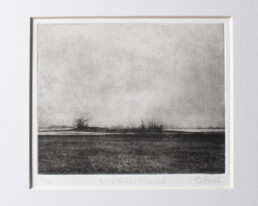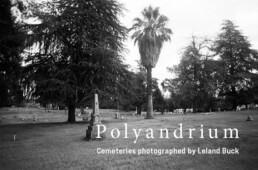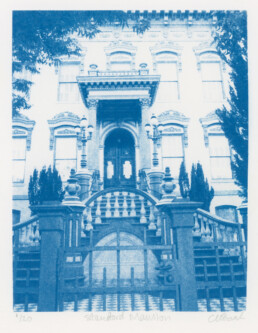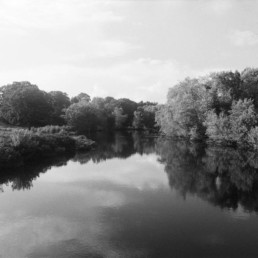
New Photogravure Prints Available
Limited Edition Photogravures from the Three River Sonata Series
Limited editions of hand-printed polymer plate photogravures from the Three River Sonata series are now available for purchase. All prints are hand-printed by Leland in his studio, and all are from limited editions of 25 or less per plate.

New Zine Available Now!
Polyandrium: Cemeteries Photographed
Leland has been wandering around in cemeteries taking photographs for most of his life. This 48-page zine features 43 photographs from some of his favorite graveyards. From Maui to the Loire Valley, this collection features images covering half the globe.

Unique Cyanotype Prints for sale
Celebrating the Blue Print
Cyanotype is an Iron-based process first developed in the 1840’s by Sir John Herschel. Whether used to reproduce architectural drawings, create camera-less photograms, or as alternative technique for printing images from photographic negatives, the beautiful Prussian blue of the cyanotype continues to be a vital and popular printing technique. Browse a selection of traditional blue and many unique toned cyanotypes of Leland’s photographs now available.
Recent Portfolios
Recent Posts
On Exhibit in December 2022:
Three River Sonata at Zootown Arts Center
December 15, 2022
0 Comments5 Minutes
The Field Recordings Podcast: After the World Cup Final, Paris, France on 15th July 2018
December 12, 2021
0 Comments2 Minutes



